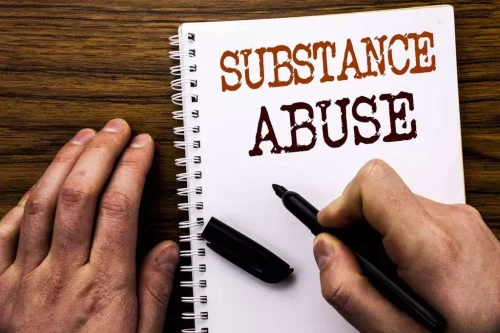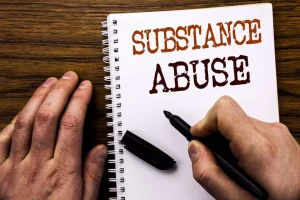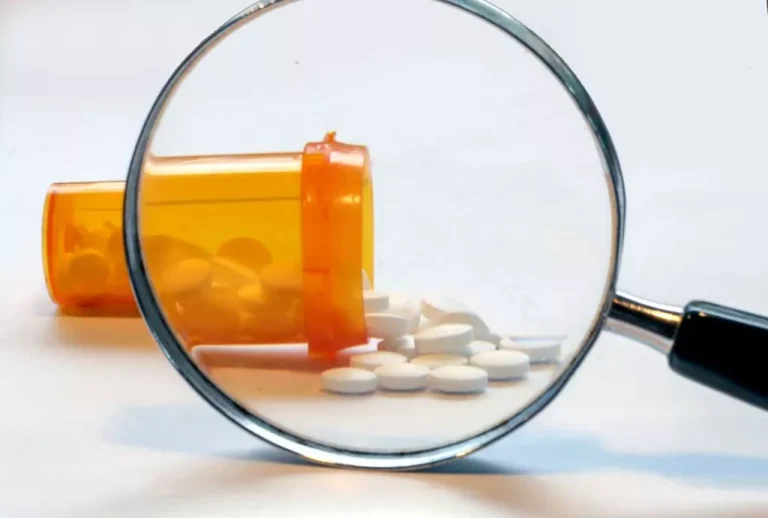
They decided to investigate tobacco addiction—in part because it is are psychedelics addictive much easier to quantify than emotional or spiritual outcomes. Johns Hopkins researcher Matthew Johnson led a small pilot study in 2014 to see whether psilocybin could help people quit smoking. It was an open-label study, meaning the participants knew they were getting the drug and not a placebo.

What is the relationship between psychedelic and dissociative drugs and mental illness?

Under existing regulation, well-capitalized private companies fund https://ecosoberhouse.com/article/how-to-cope-with-loneliness-during-addiction-recovery/ most research and, to a large extent, they control the agenda and shape federal drug policies. Instead, the goal should be a psychedelics industry in which patients and marginalized communities have seats at the table. Achieving this goal will require more-inclusive clinical trials and unbiased regulatory review of psychedelics by the FDA. More directly, a federal appropriations rider — a provision inserted into a funding bill that may effectuate public policy by limiting how funds are spent — creates a considerable obstacle to such research. First enacted in 1996, the rider prohibits federal funds from supporting “any activity that promotes the legalization of any drug or other substance included in schedule I.”10 This rider has been renewed in every appropriations process since then.
Support
- Dr. Boris Heifets, an anesthesiologist and co-director of the exploratory therapeutics laboratory at the Stanford University School of Medicine, said the therapy's potential for a broad range of mental health conditions is remarkable.
- Generally speaking, these are some of the most common effects attributed to psychedelics.
- This disorder occurs when individuals, who no longer use these drugs, experience flashbacks weeks, months, or even years after their last use.
- Hallucinogens, or psychedelics, are a group of drugs that alter a person’s perception of reality.
- People report greatly enhanced sociability, feel as though they have “taken off the mask they wear around others,” or that the personal “wall” that separates them from others has fallen.
The estimated associations between the use of psychedelics are presented as adjusted odds ratios (aOR), 95% confidence intervals (CI), and p-values. A statistically significant odds ratio greater than one indicates an association, and an odds ratio less than one indicates an inverse association. Because the mental health outcomes are all relatively uncommon, in this case, the odds ratio is a close approximation to the relative risk. For example, an adjusted odds ratio of 0.6 for a given outcome indicates that the rate of that outcome in psychedelic users is approximately 60% the rate in non-psychedelic users, after adjusting for control variables. We counted participants as having any lifetime psychedelic use if they affirmed use of LSD, psilocybin, mescaline, or peyote.
Anxiety and depression

Psychedelic drugs have the capacity to change people’s perception of reality. Dissolution of the sense of ego makes people feel at one with the world, and the intensity of the experience makes it highly meaningful to people. Not only is serotonin involved in processing sensory information, it also influences our emotional responses, such as fear, excitement, and empathy.

LSD use can lead to tolerance, which means people require more of the substance in order to achieve the same effects. This can be risky due to the unpredictable effects that the drug may have. Psilocybin is a psychedelic substance found in certain fungi, sometimes referred to as magic mushrooms. There is a wide variety of hallucinogenic mushrooms, and their legal status is somewhat ambiguous, as they can be found growing wild in many parts of the world. Although peyote is a Schedule I drug, and is therefore illegal, the listing of peyote as a controlled substance does not apply to the use of peyote in religious ceremonies of the Native American Church.
Physical Side Effects
Bill Wlson, the founder of Alcoholics Anonymous famously believed that LSD could be a useful tool in the fight against substance abuse. He theorized that the combination of LSD-induced visual hallucinations could, when combined with religious experiences, bring on a cessation in an individual’s desire to consume alcohol. However, his theories were never explored in any meaningful clinical or scientific research. According to a 2018 review, between the 1950s and 1970s, researchers carried out early phase studies investigating the effectiveness of classic psychedelics, but then discontinued their work. However, the evidence available from that time suggests that classic hallucinogens can be effective therapies, especially in the case of treating alcoholism with LSD.
Side effects and risks of psychedelics

She added the lack of medical oversight at centers raised major concern, as well as the issues of home growth. “We spoke to tens of thousands of Massachusetts voters and heard broad agreement that natural psychedelics should be more accessible to those who cannot find relief through traditional medication and therapy. We understand there were concerns about the home grow provisions, and those concerns likely led to tonight’s result,” supporters said in a statement.
- Eight recent double-blind, placebo-controlled studies of psilocybin in healthy volunteers, with follow-up between 8 and 16 months, reported “no subsequent drug abuse, persisting perception disorders, prolonged psychosis or other long term impairment of functioning” 20.
- It can also cause confusion, inappropriate laughter, agitation, paranoia, and a feeling of floating.
- Massachusetts would have been the third state, behind Oregon and Colorado, to decriminalize the use of some psychedelics.
- For two decades, drug-overdose deaths have risen exponentially, and suicide rates have steadily increased.
Health Products
- Acknowledging its therapeutic benefits, the Canadian government made psilocybin available to people with life-threatening illness through compassionate-use regulation.
- Better understanding these mechanisms is an active area of NIDA-funded research.
- They may have a different sense of self, feeling that they have no personal boundaries and are one with the universe—what some researchers call “oceanic self-boundlessness”.4,6 This experience can be blissful, but it may also be frightening, and cause fear or panic.
- We also know that a lot of the treatments that we have are not particularly effective,” said Tabashneck, senior fellow of law and applied neuroscience, a collaboration between the Center for Law, Brain & Behavior and the Petrie-Flom Center.
- Dependence refers to a physical reliance on a drug, whereas addiction refers to a behavioral change arising from a compulsion to continue taking a drug.
Although we tend to think of addiction in terms of human behavior, it has neurological roots. In the brain, addiction is manifested in what researchers call the “reward pathway.” When a person is stimulated by a reward — chocolate cake, their favorite song, good sex — the brain responds by increasing the available concentration of dopamine, a neurotransmitter. In 2004, a team of pharmacologists at the University of Michigan Medical School, led by William Fantegrossi, set out to test the addiction potential of psilocybin — a hallucinogenic compound derived from certain mushrooms — on a cohort of rhesus monkeys.
